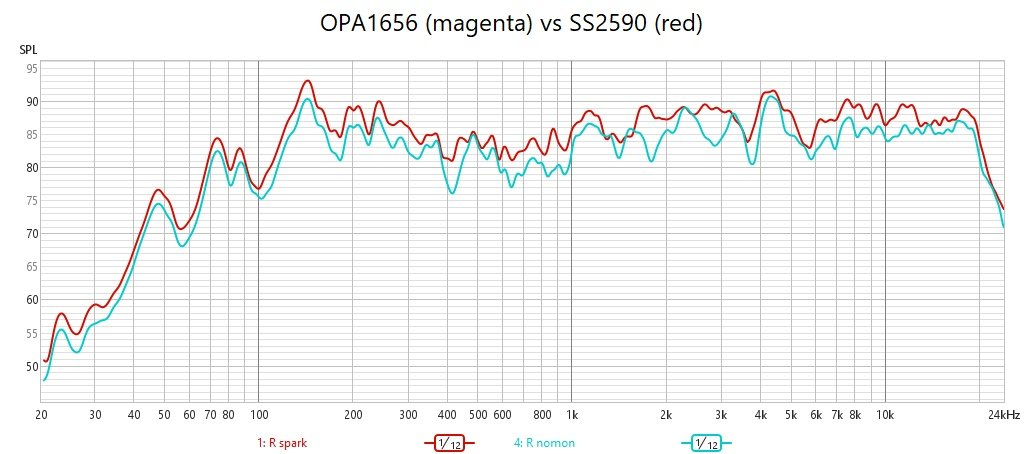raoultrifan
Headphoneus Supremus
Have not tried nor used the O2 design by this is what the designer said is THE best for voltage Stage is to use the NJM 4556. I love to try this op amp.[...]
Actually, the best Voltage-Amplification Stage is the default NJM2068 or, for a gain higher than 5X, LM4562/LME49720. The NJM/JRC 4556 is a very good output buffer able to drive headphones; it shouldn't be used in VAS, well...at least not inside the O2.
I always got those MUSES from authorized partners only; they're all listed on their website.[...] A lot of fake "MUSES" opamps BTW seem to be re-badged 4556 or 4580s.





















